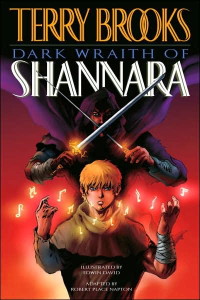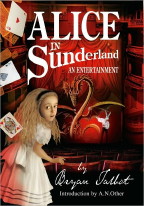Manga Friday: A Random Walk
This week finds me in near Old-Mother-Hubbard mode, with just a few random old things. But let’s run through them, just because they’re here, and maybe the Manga Gods will smile on us for next week…
 Priest, Vol. 1
Priest, Vol. 1
Min-Woo Hyung
Tokyopop, 2003, $9.99
From the evidence – the creator’s name, and the fact that this reads left-to-right – I deduce that this series is manwha rather than manga, and comes from Korea. (If I’m wrong, someone will let me know.)
In a time and place that’s supposed to be the late 19th century American West – but contains guns from at least fifty years later – the half-doomed ex-priest Ivan Isaacs battles the undead servants of the fallen Archangel Temozarela, with the fate of the whole world at stake.
(Yes, Temozarela. He must be in one of the footnotes to the Bible, since he’s not one of the “Big Three” Archangels. Question for discussion: Is what Eastern comics creators have done to Christianity in their stories equal to, less than, or greater than what Westerners have done to Buddhism and Shintoism? And does the Western infestation of ninjas have any part in this discussion?)
Oh, and our priest hero does this, in this first volume at least, on a train. Badass only begins to cover it. Ivan sold half of his soul to Belial for the power to battle Temozarela’s forces – there might be some political war in hell going on in the background, but that’s not explained in this volume.
What Ivan does is 1) to pump several metric tons of silver bullets into marauding hordes of zombie-like creatures, though, sadly, usually not until they’ve already killed most of the other people in the vicinity and 2) to bemoan his fate and to proclaim loudly that he is still alive and so Belial hasn’t captured him yet.
The odd thing about Priest is that, with its scratchy, blocky art style, overarching gloom, and marauding undead, it feels and looks very much like an independent comic of the mid-’90s; Hyung’s style only looks manga now and then, generally with his female characters. Sure, the big sound effects in Korean characters are a tip-off, but otherwise this looks a lot like a book Slave Labor would have at least thought about publishing in 1996.




















